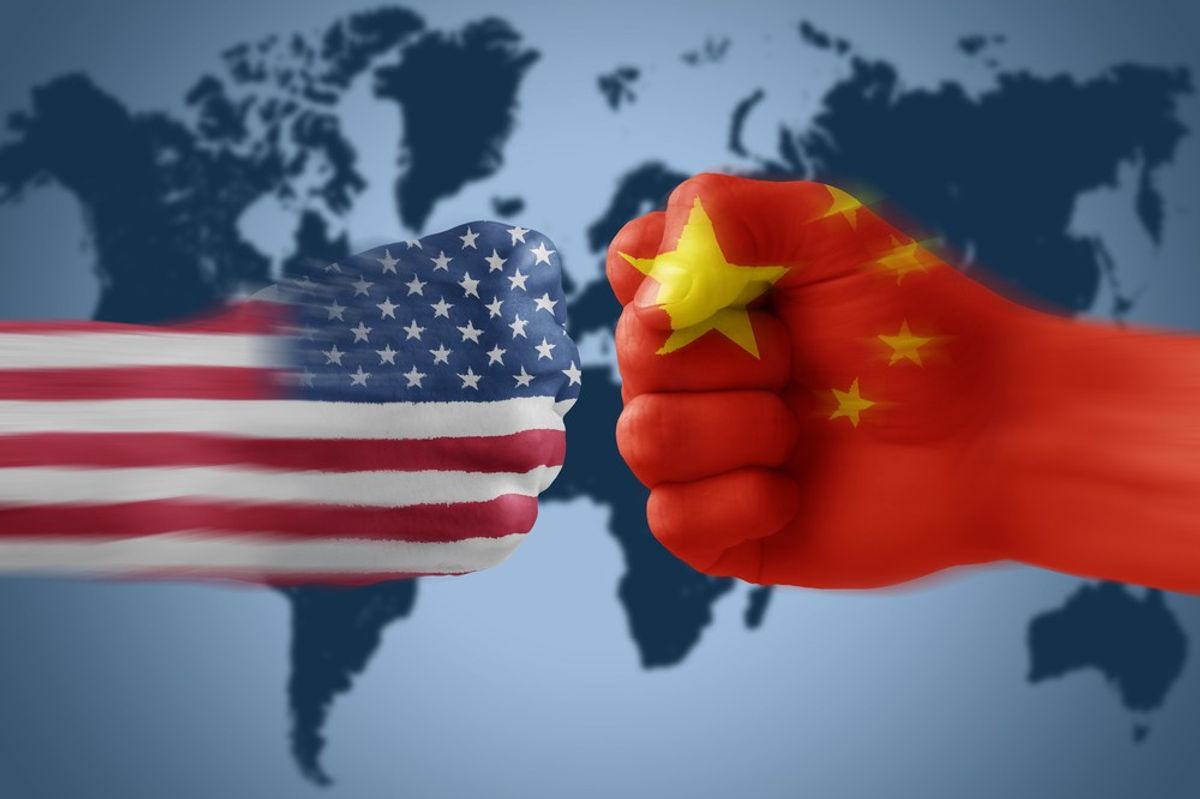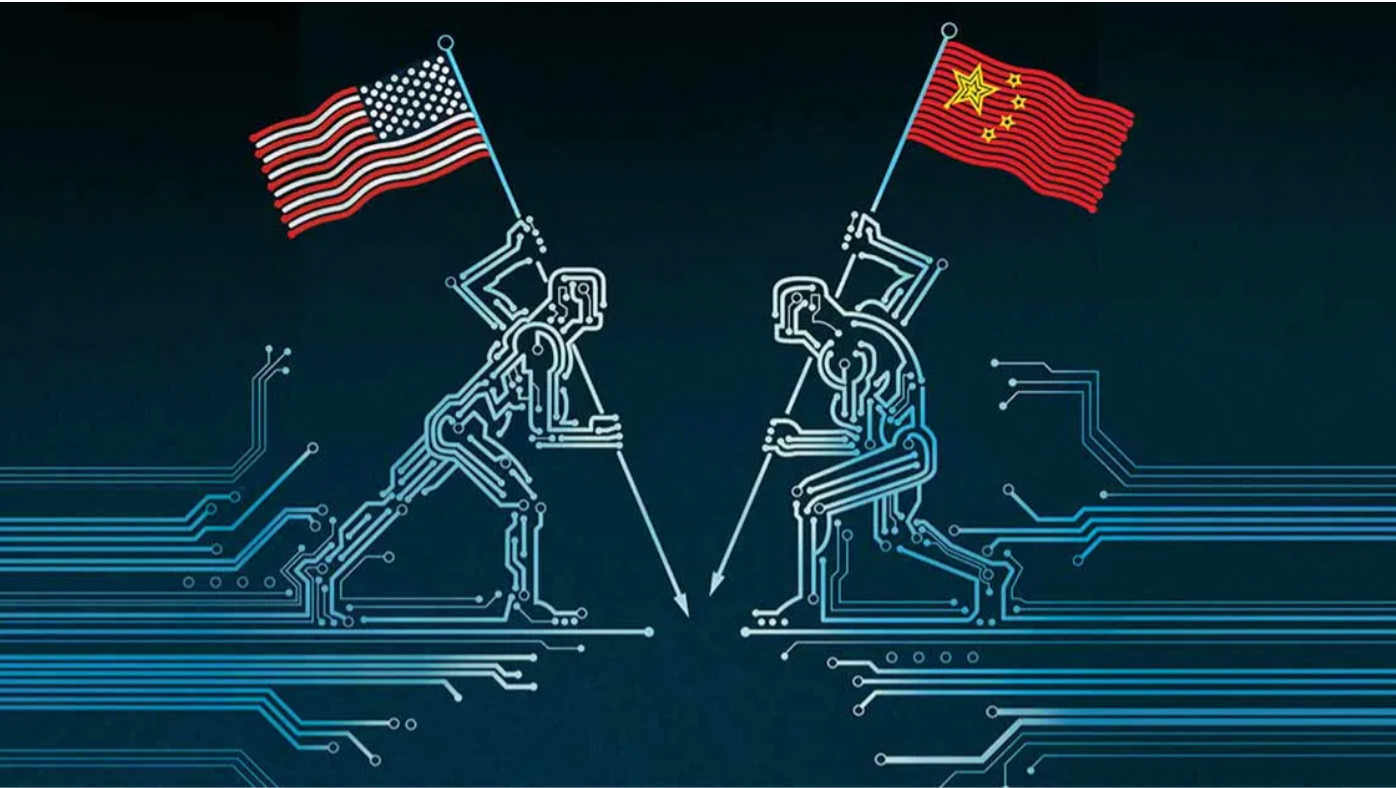US – China Chip Dynamics

The Global Times highlighted the escalating tension between the US. and Chinese chip interests, showcasing a challenging game of maneuvering around tightened restrictions. Nvidia, among others, is caught in a struggle between legitimate business and political interventions, striving to navigate the evolving landscape.
The U.S. clampdown on high-end AI chip sales to China aims to limit technological advancements that could bolster China’s military prowess. However, it’s not merely China feeling the pinch—these restrictions are causing ripples across both nations’ interests.
Nvidia’s Challenges

Nvidia, renowned for its AI-dominating GPUs, faced setbacks when new export regulations blocked sales of their A800 and H800 chips tailored for China. These rules now introduce a ‘grey zone,’ leaving uncertainty about chip shipments to China, potentially necessitating licenses.
Amid this, Nvidia reportedly plans to unveil new chips—HGX H20, L20 PCIe, and L2 PCIe—that comply with regulations but with reduced computing power. This strategic move hints at the industry’s efforts to navigate around restrictions, despite Nvidia declining to comment on the matter.
The Global Times underscores the ongoing cat-and-mouse dynamics, envisioning an indefinite pursuit as long as the U.S. persists in constraining China. Attempts to close loopholes in restrictions seem futile, creating a scenario where the squeezing of one end of the gourd only elevates the other.
Impact on Innovation

Ultimately, these measures might inadvertently accelerate China’s independent innovation in high-tech sectors. The complex interplay between politics and commerce in the chip industry unveils a narrative of resilience, adaptation, and the quest for technological advancement amid geopolitical constraints.
Read More (Innovation)








